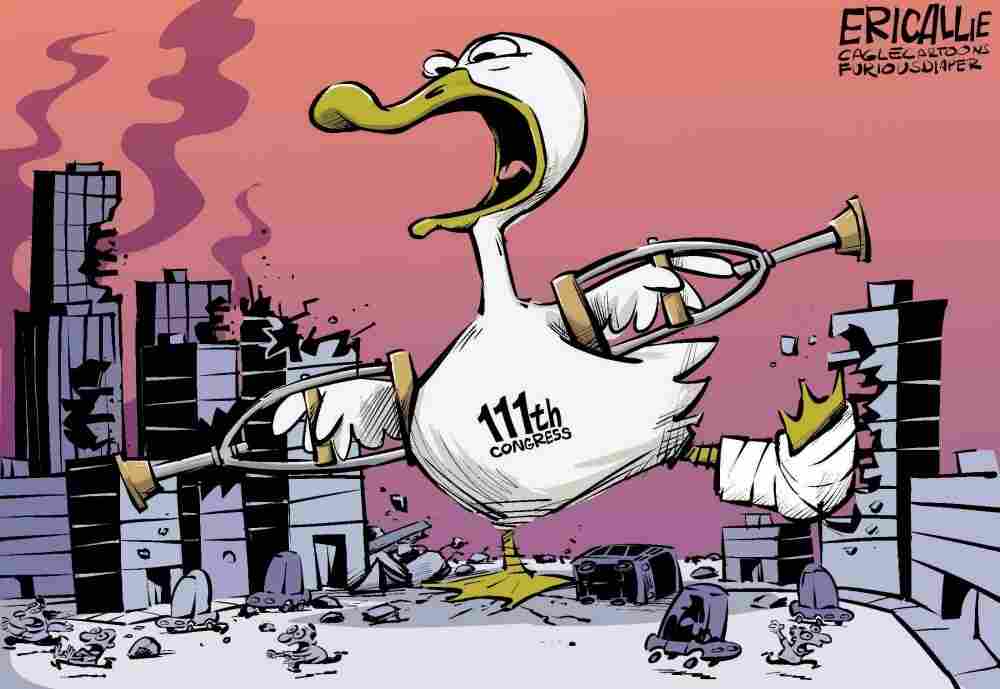

Note: All pro forma sessions held during these lame duck sessions are included in the date ranges on this table. That amendment nicknamed the 'Lame Duck Amendment,' according to the National Archives was ratified in 1933 and moved up the inauguration and start of a new Congress. Legislation delayed by Watergate investigation

Judge Porteous impeachment, New START treaty, appropriations, 'Don't Ask, Don't Tell,' and extension of tax cutsĭepartment of Homeland Security and appropriationsīudget, appropriations, and domestic legislation Iran sanctions, medical research and development, defense authorization, and appropriationsĭefense authorization, appropriations, nominations, and extension of tax cutsĭefense authorization, FISA extension, disaster appropriations, extension of tax cuts, and delay of budget sequestration Commonly known as the Lame Duck Amendment, the Twentieth Amendment was designed to remove the excessively long period of time a defeated president or. Nominations, defense authorization, coronavirus stimulus, appropriationsĬoast Guard reauthorization, nominations, military assistance to Yemen, appropriations, farm bill, criminal justice reform, and furloughed agencies Nominations, Respect for Marriage Act, railroad labor agreement, defense authorization, appropriations

Since that time, Congress has met in lame-duck session to conclude urgent or unfinished business.įor more information on lame duck sessions, see Lame Duck Sessions of Congress, 1935-2016 (74th-114th Congresses) (pdf). The 1933 Amendment changed the convening date for a new Congress to January 3 of odd-numbered years, shortening the time between an election and the beginning of the next Congress to just two months. Lame duck reportedly appeared in naval contexts to refer to an old, slow ship as well. financial markets and other areas of culture. When Congress is in session after a November election and before the beginning of the new Congress, it is known as a "lame-duck session." Prior to the adoption of the Twentieth Amendment to the Constitution (1933), new Congresses convened in December of odd-numbered years, allowing the post-election Congress to meet and pass legislation for more than a year. A 1770 satirical cartoon from Oxford Magazine titled 'A scene in Change Alley among the Bulls, Bears & Lame Ducks.' The term remained in use into the 19th century and eventually reached the U.S.


 0 kommentar(er)
0 kommentar(er)
